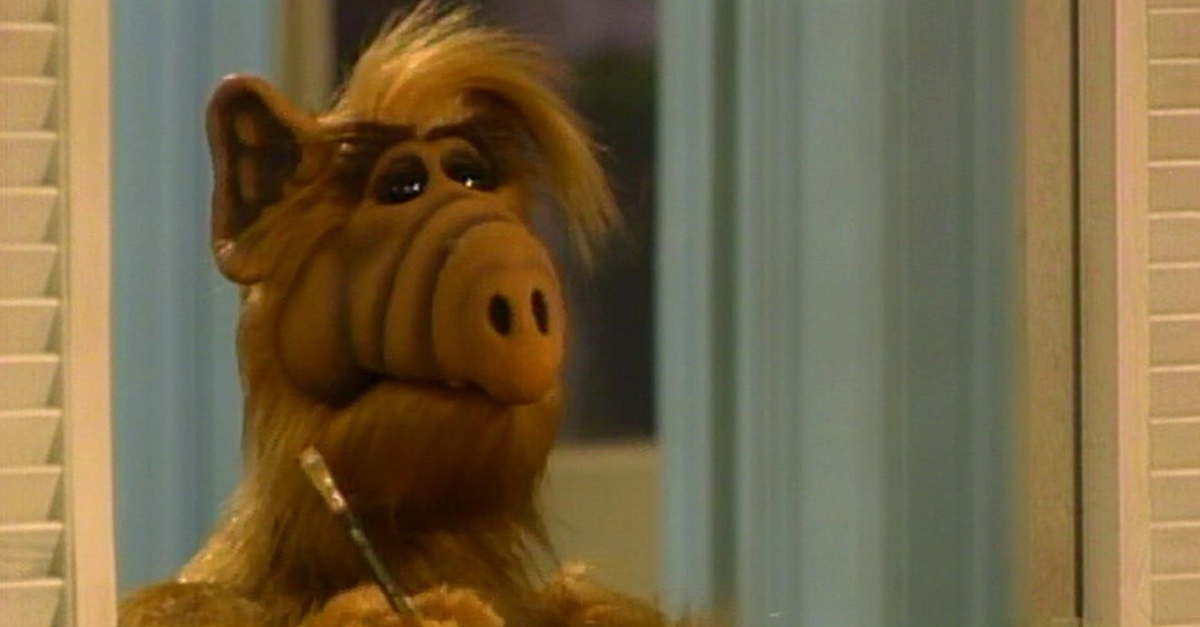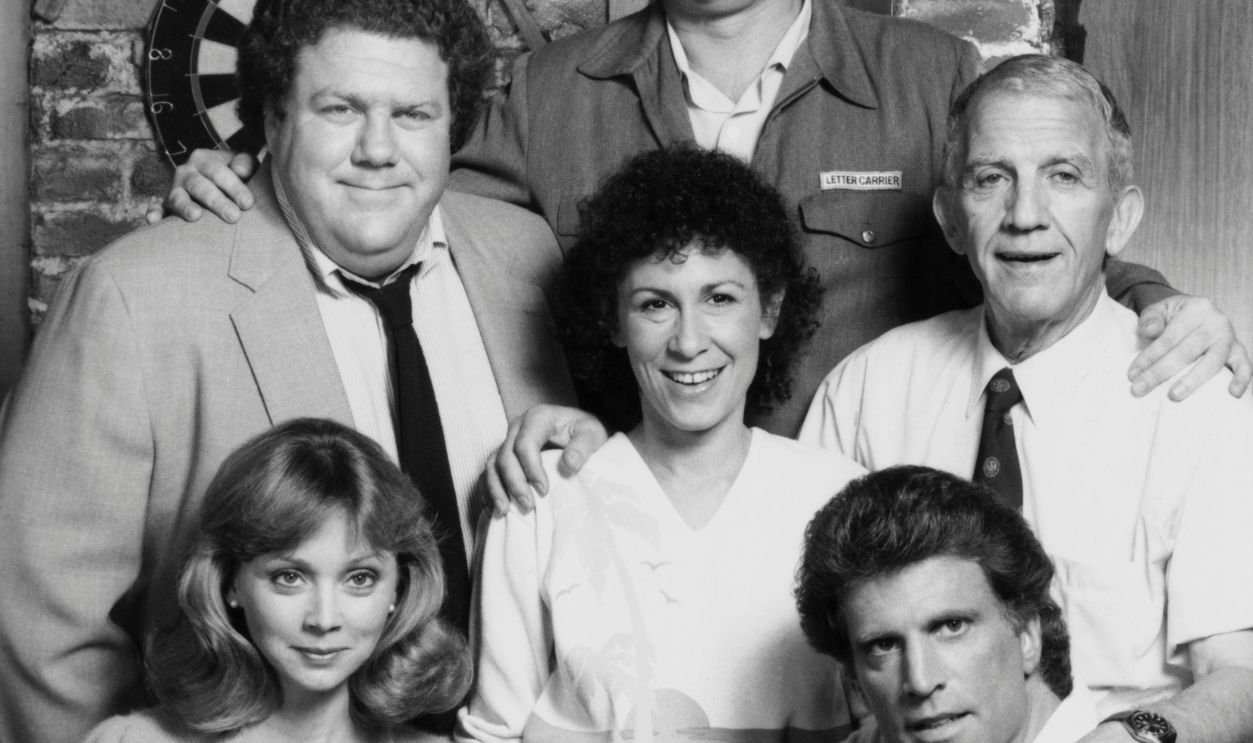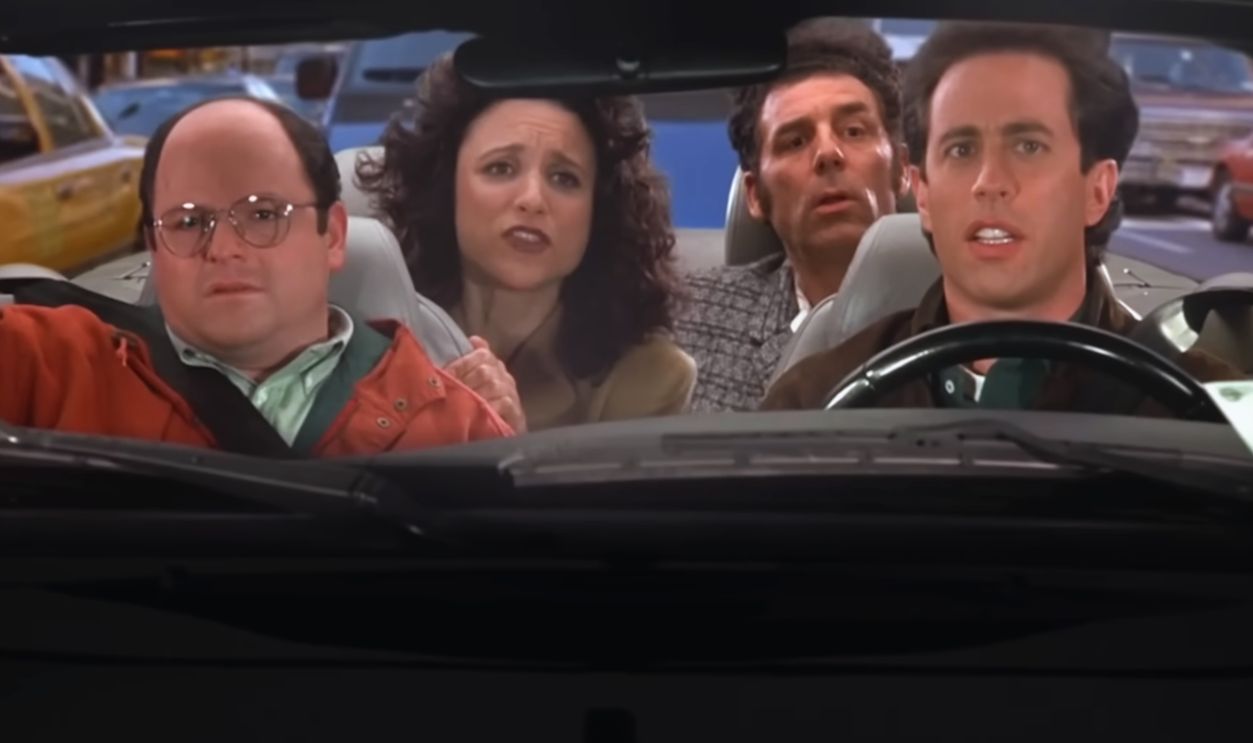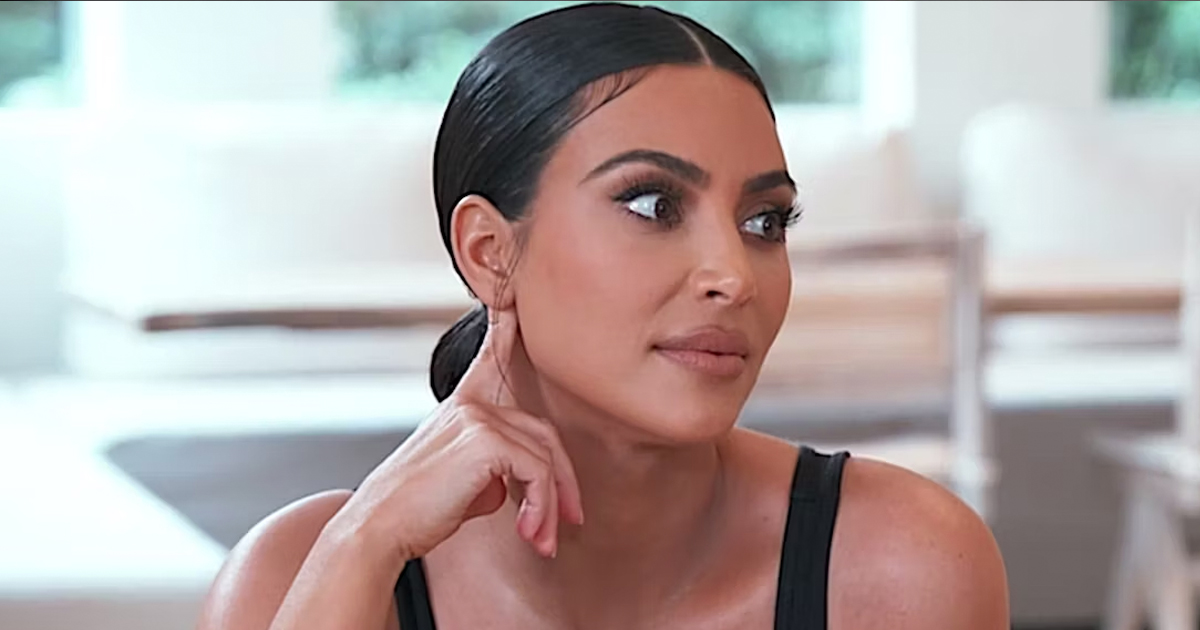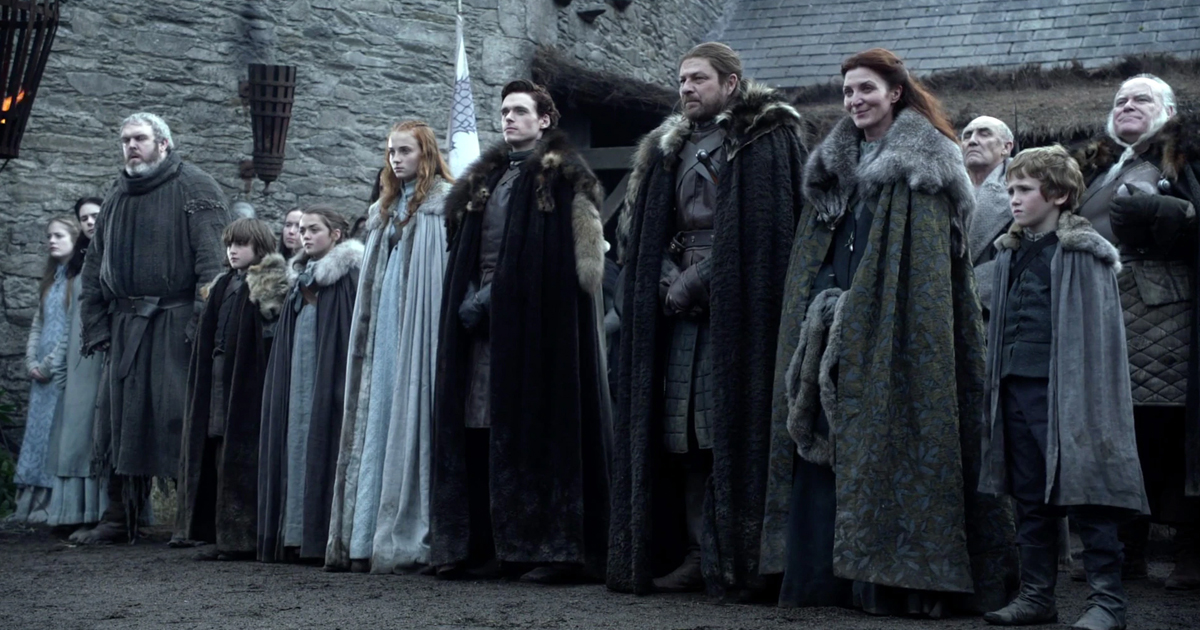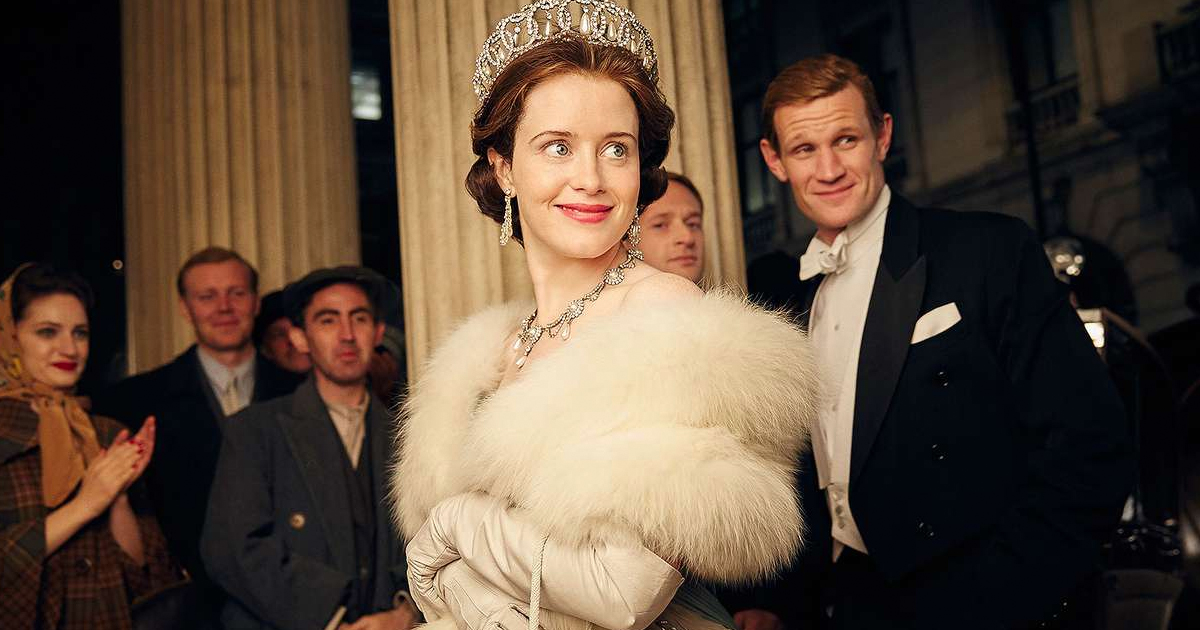Laugh Track Over Logic
They weren’t politically correct. They weren’t always logical. And they definitely wouldn’t get greenlit today. These sitcoms from the 1980s and 1990s taught questionable lessons, broke plenty of rules, and still managed to define a generation—earning an unforgettable place in our collective memories. So let’s rewind to a time when laugh tracks ruled, morals were fuzzy, and TV families were just as messy as ours.

“Doogie Howser, M.D.” (1989–1993)
A teenage doctor balancing high school and hospital life? Utterly unrealistic—and everyone knew it. But Doogie Howser, M.D. was oddly inspiring, using humor and heart to explore growing up too fast. Plus, those diary entries at the end were pure nostalgia gold.
 Screenshot from Doogie Howser, MD, 20th Television
Screenshot from Doogie Howser, MD, 20th Television
“My Two Dads” (1987–1990)
A teenage girl raised by two men—one uptight, one a free spirit—who might both be her father. My Two Dads tried to tackle modern family dynamics before anyone else. It was awkward, progressive, and sweetly corny all at once.
“Out of This World” (1987–1991)
A teenage girl who can freeze time because her dad’s an alien? That’s Out of This World. It was equal parts heartwarming and bonkers, with special effects that made Star Trek look like Avatar. It didn’t make sense—but it didn’t have to.
 Screenshot from Out of This World, NBC
Screenshot from Out of This World, NBC
“The Golden Girls” (1985–1992)
A sitcom about four older women sharing a house in Miami shouldn’t have been groundbreaking—but it was. The Golden Girls was wildly funny, fearlessly sharp, and occasionally scandalous. It pushed boundaries on age, intimacy, and friendship, long before it was “cool.”
 Screenshot from The Golden Girls, NBC
Screenshot from The Golden Girls, NBC
“Married… with Children” (1987–1997)
It was loud, crude, and unapologetically trashy—and that’s why people loved it. Married… with Children flipped the wholesome sitcom formula on its head, giving us Al Bundy, the shoe salesman who hated his life, and Peggy, his big-haired, lazy wife. Critics called it “anti-family,” but fans called it hilarious.
 Screenshot from Married… with Children, FOX
Screenshot from Married… with Children, FOX
“Saved by the Bell” (1989–1993)
No high school ever looked like Bayside High, but that didn’t stop kids from dreaming. Saved by the Bell had the energy of a Saturday morning cartoon and the moral lessons of a guidance counselor on espresso. It tackled serious issues—sort of—and made teen life look way cooler than it ever was.
 Screenshot from Saved by the Bell, NBC
Screenshot from Saved by the Bell, NBC
“Herman’s Head” (1991–1994)
Before Inside Out, there was Herman’s Head—a wild comedy where each of a man’s emotions lived as separate characters inside his mind. It was bizarre, smart, and hilariously inappropriate. A cult hit that was way too strange for primetime.
 Screenshot from Herman’s Head, FOX
Screenshot from Herman’s Head, FOX
“Small Wonder” (1985–1989)
A family secretly builds a robot daughter and passes her off as human—because that’s apparently normal. Small Wonder was awkward, cheap-looking, and somehow impossible to stop watching. It’s pure 80s weirdness in sitcom form.
 Screenshot from Small Wonder, MGM
Screenshot from Small Wonder, MGM
“Full House” (1987–1995)
Three men raising kids in San Francisco seemed unlikely—and incredibly wholesome. But Full House also had its oddities: endless hugs, cheesy life lessons, and zero visible bathrooms. It was unrealistic to the core, yet somehow comforting. You didn’t watch it for logic—you watched it to feel good.
 Screenshot from Full House, ABC
Screenshot from Full House, ABC
“The Fresh Prince of Bel-Air” (1990–1996)
A street-smart teen from Philly moving into a Beverly Hills mansion shouldn’t have worked, but Will Smith’s charisma made it TV gold. The Fresh Prince mixed comedy with serious moments about race, class, and family—then wrapped it in neon fashion and one of the best theme songs ever.
 Screenshot from The Fresh Prince of Bel-Air, NBC
Screenshot from The Fresh Prince of Bel-Air, NBC
“Family Matters” (1989–1998)
Originally about the Winslow family, Family Matters slowly turned into The Steve Urkel Show—and audiences didn’t mind. Between his clumsy catchphrases and bizarre inventions, realism left the building. But few shows nailed that mix of chaos and heart quite like it.
 Screenshot from Family Matters, Warner Bros.
Screenshot from Family Matters, Warner Bros.
“Perfect Strangers” (1986–1993)
Cousin Balki from Mypos and straight-laced Larry Appleton were TV’s oddest couple. Perfect Strangers was goofy, unrealistic, and completely lovable. Every episode felt like a cartoon brought to life, with heartwarming lessons buried beneath all the slapstick chaos.
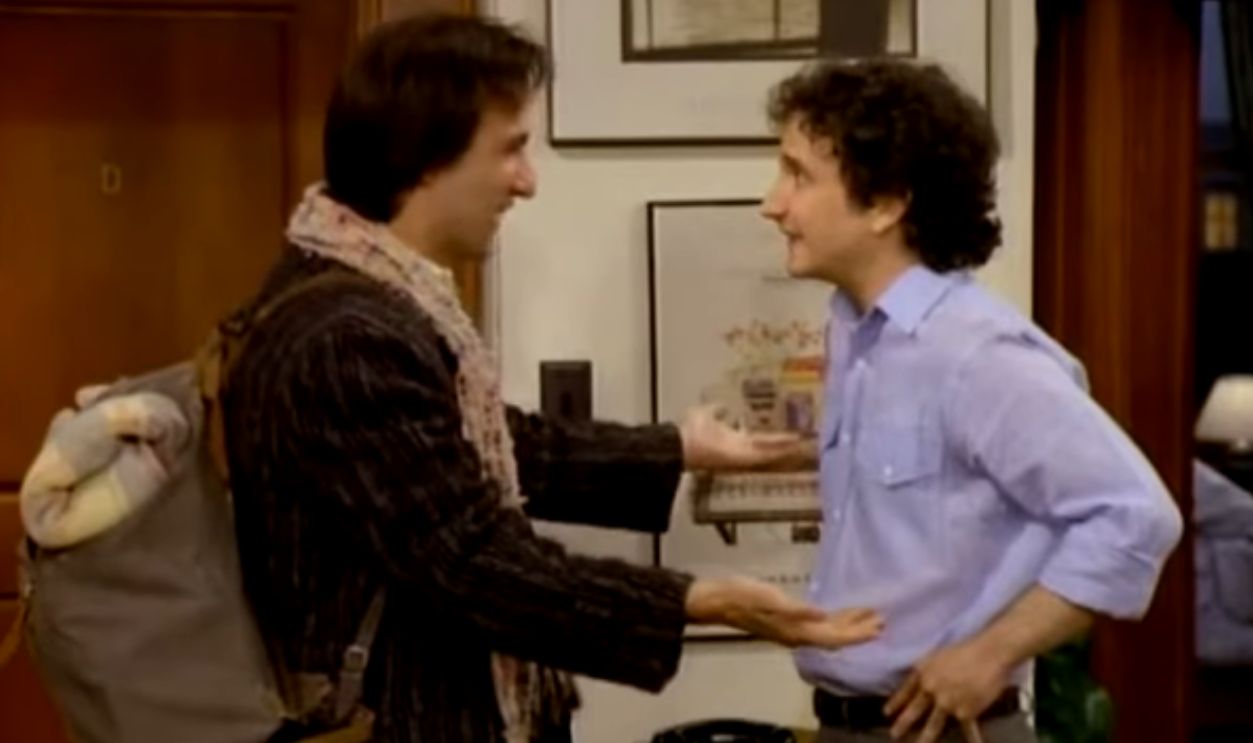 Screenshot from Perfect Strangers, ABC
Screenshot from Perfect Strangers, ABC
“Growing Pains” (1985–1992)
The Seaver family was TV’s picture-perfect household—until they weren’t. Growing Pains mixed conservative values with wild sitcom plots, often within the same 22 minutes. It gave us teen crushes, absurd dilemmas, and an early Leonardo DiCaprio, somehow making it all work.
 Screenshot from Growing Pains, Warner Bros.
Screenshot from Growing Pains, Warner Bros.
“Alf” (1986–1990)
A sarcastic alien living in a suburban home, hiding from the government, and eating cats? Sure, why not. Alf was absurd from start to finish, but that was its magic. The puppetry was dated even then, but its mix of cynicism and sweetness made it unforgettable—even if, upon rewatching today, we realize it wasn’t quite as funny as we remember.
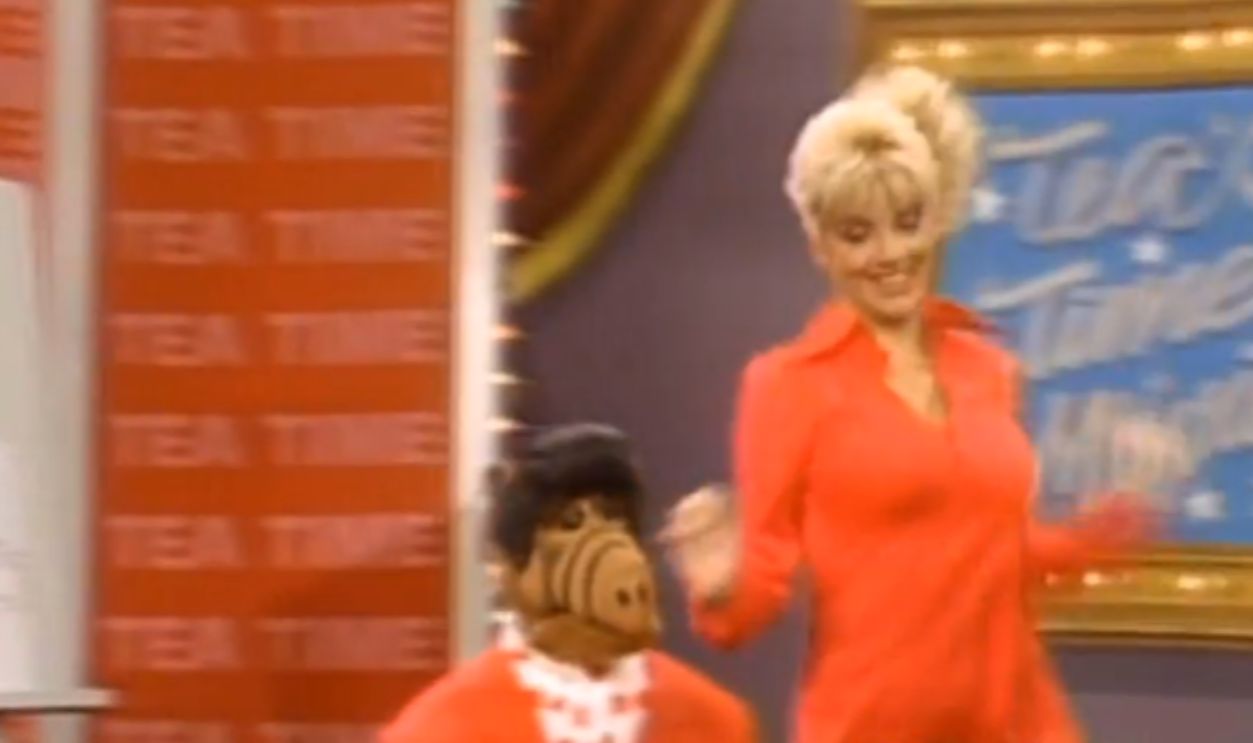 Screenshot from ALF, Warner Bros.
Screenshot from ALF, Warner Bros.
“Roseanne” (1988–1997)
It was raw, loud, and refreshingly real—until it wasn’t. Roseanne started as a brutally honest working-class comedy and eventually veered into surreal territory. But in its prime, no sitcom captured messy family life quite like it. It was dysfunctionally perfect.
“Step by Step” (1991–1998)
The 90s answer to The Brady Bunch, Step by Step mashed two families together under one roof—and into one laugh track. It was full of recycled plots, awkward lessons, and unrealistic bonding moments. But it also captured that warm, cheesy spirit that made TGIF unmissable.
 Screenshot from Step by Step, ABC
Screenshot from Step by Step, ABC
“Family Ties” (1982–1989)
Liberal parents. Conservative son. Laughs all around. Family Ties made political and generational clashes funny, thanks to Michael J. Fox’s perfect timing. It was equal parts heartfelt and absurd—especially when it tried to teach lessons that no one ever seemed to learn.
 Screenshot from Family Ties, Paramount
Screenshot from Family Ties, Paramount
“Boy Meets World” (1993–2000)
It started as a cute classroom comedy and grew into one of the most beloved teen sitcoms ever. Boy Meets World was funny, awkward, and occasionally over-the-top—but fans didn’t care. Mr. Feeny’s lessons, Cory’s hair, and Topanga’s everything made it perfection.
 Screenshot from Boy Meets World, ABC
Screenshot from Boy Meets World, ABC
“Cheers” (1982–1993)
A bar where everyone knows your name—and no one ever works? Cheers made sarcasm, flirting, and beer philosophical. Its mix of misfits and barflies made it one of the most unrealistically warm comedies ever, but also one of the best-written.
“Who’s the Boss?” (1984–1992)
A male housekeeper working for a female executive—scandalous back then, charming now. Who’s the Boss? turned gender roles upside down, added some tension between Tony and Angela, and wrapped it all in feel-good sitcom energy. Unrealistic? Definitely. Endearing? Absolutely.
 Screenshot from Who’s the Boss?, ABC
Screenshot from Who’s the Boss?, ABC
“Blossom” (1990–1995)
Between the floppy hats and the “Whoa!”s, Blossom was as stylish as it was sentimental. It tackled teenage issues with a wink and a laugh, mixing sincerity with sitcom silliness. It may have been unrealistic, but for 90s kids, it was appointment TV.
“Seinfeld” (1989–1998)
A “show about nothing” that became everything. Seinfeld was cynical, petty, and completely brilliant. It broke every rule of sitcom writing and somehow made selfishness a national pastime. Inappropriate? Constantly. Perfect? Absolutely.
“Unhappily Ever After” (1995–1999)
Imagine Married… with Children but darker—and with a talking rabbit. That was Unhappily Ever After. It leaned hard into bad behavior, outrageous jokes, and fourth-wall-breaking chaos. The humor was crude, but it knew exactly what it was: a satire of the very sitcoms it mimicked.
 Screenshot from Unhappily Ever After, The WB
Screenshot from Unhappily Ever After, The WB
“Charles in Charge” (1984–1990)
A college student becomes a live-in nanny for a suburban family, and nobody finds that odd. Charles in Charge blended squeaky-clean morals with a hilariously implausible setup. But it had charm—and a theme song so catchy it’s still stuck in people’s heads.
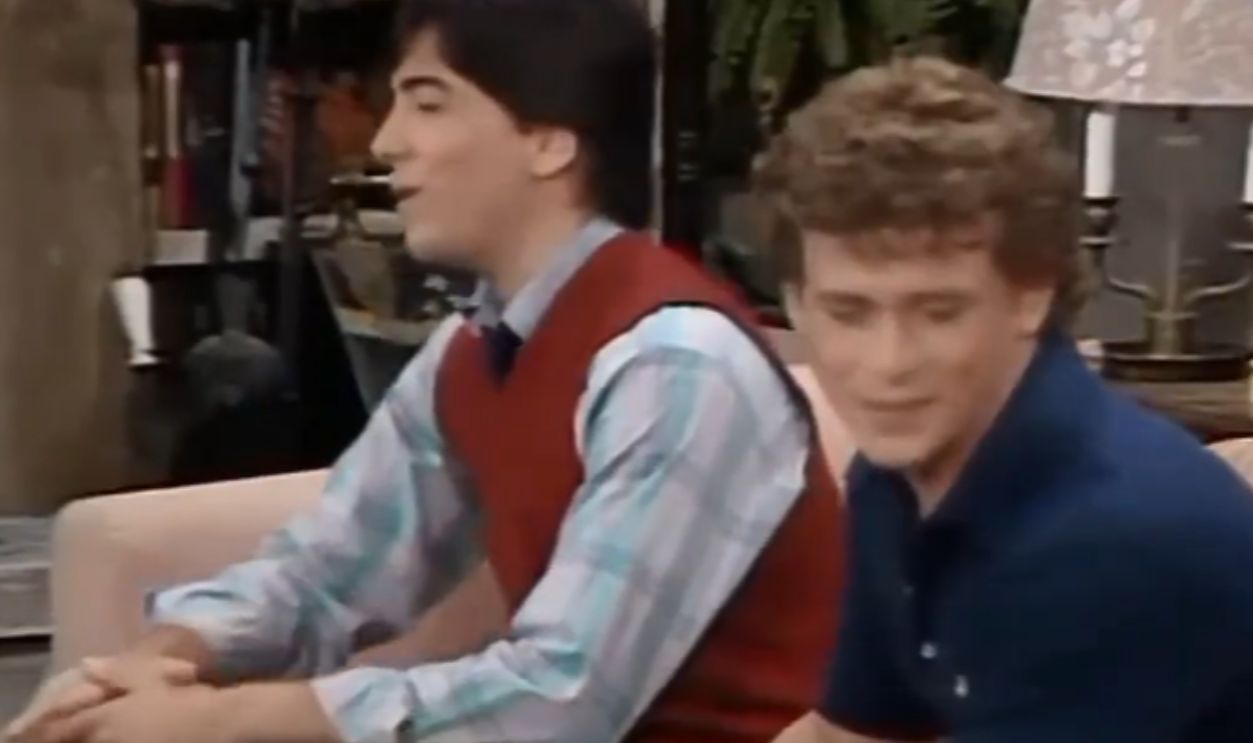 Screenshot from Charles in Charge, Universal Television
Screenshot from Charles in Charge, Universal Television
“Head of the Class” (1986–1991)
Gifted students, sarcastic teacher, and life lessons that only existed on TV. Head of the Class made nerds cool (sort of), mixing idealism and implausibility in equal measure. It didn’t always make sense—but it did make everyone want a teacher like Mr. Moore.
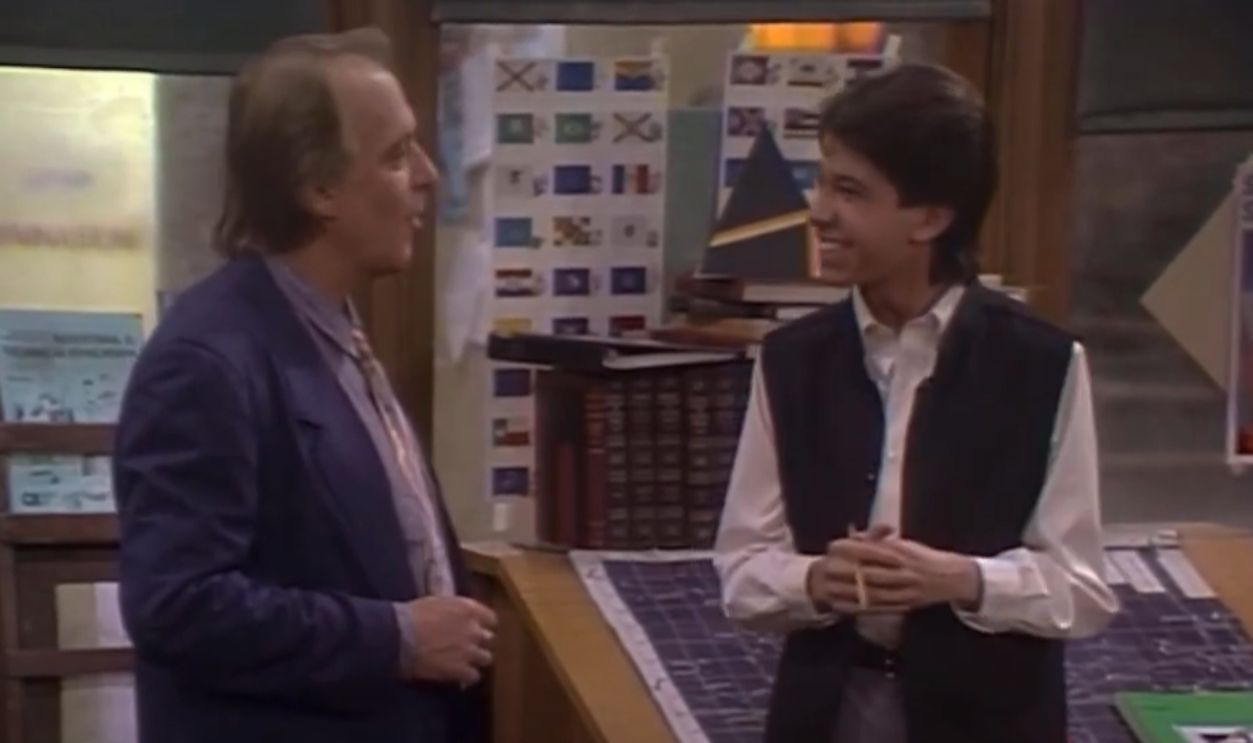 Screenshot from Head of the Class, Warner Bros.
Screenshot from Head of the Class, Warner Bros.
You Might Also Like:
Memorable TV Trends That Shaped The 2000s
Crossover Episodes So Good We Wish They Had Their Own Series

